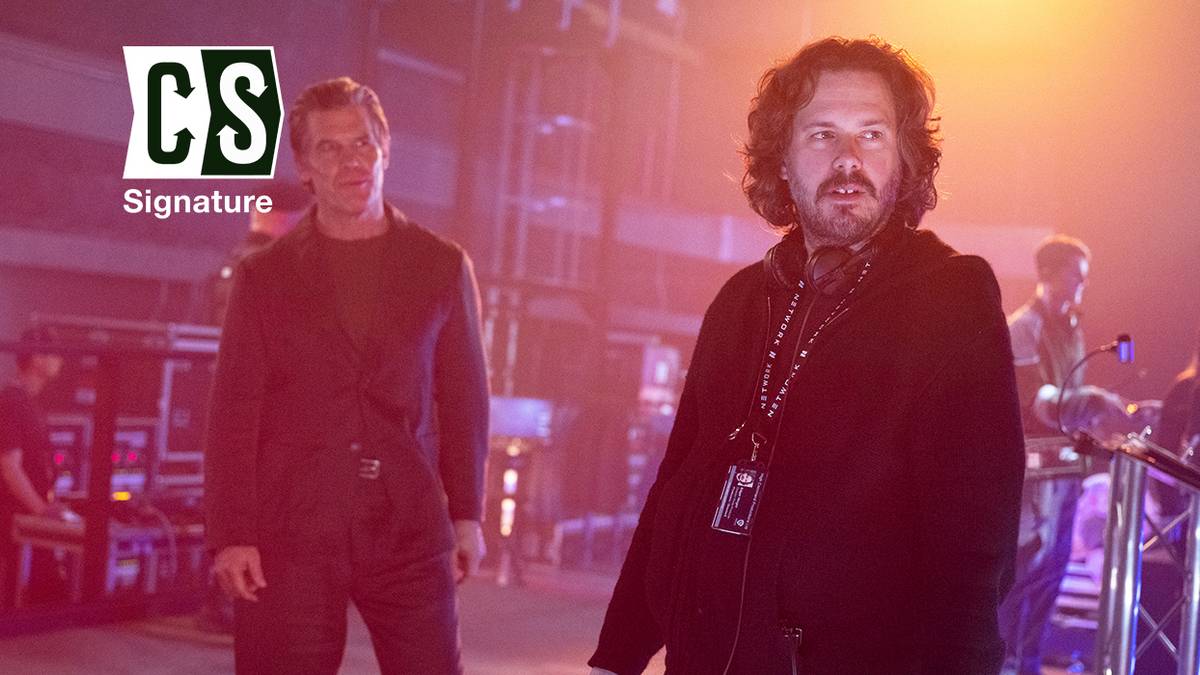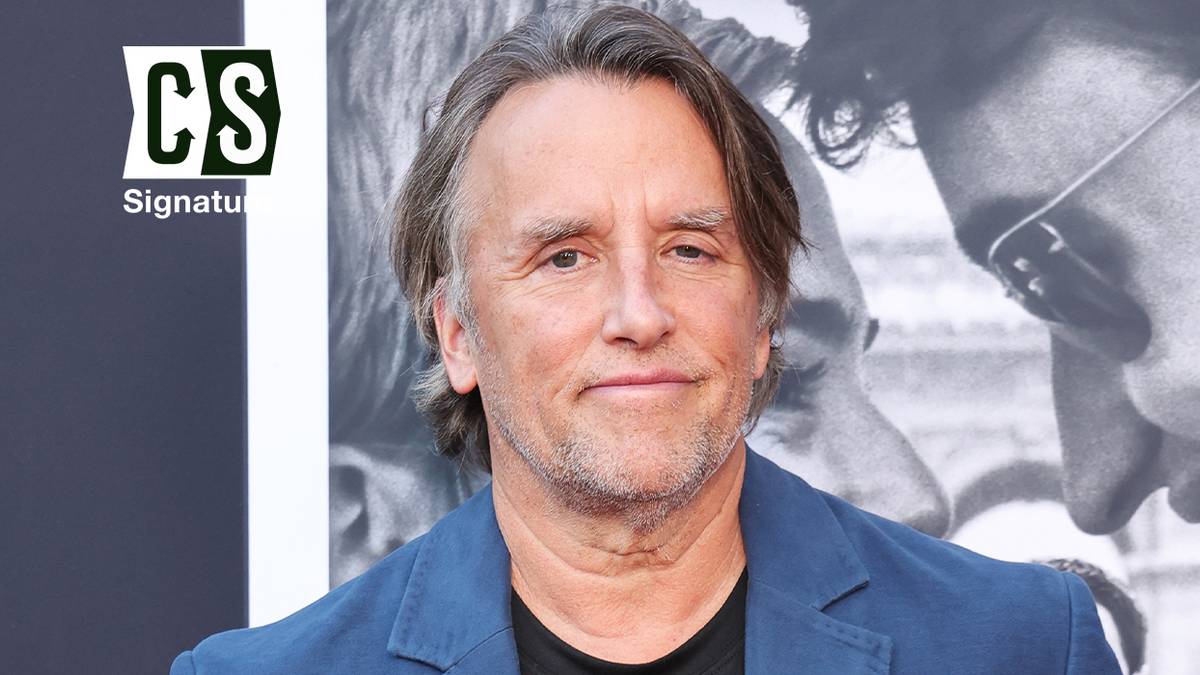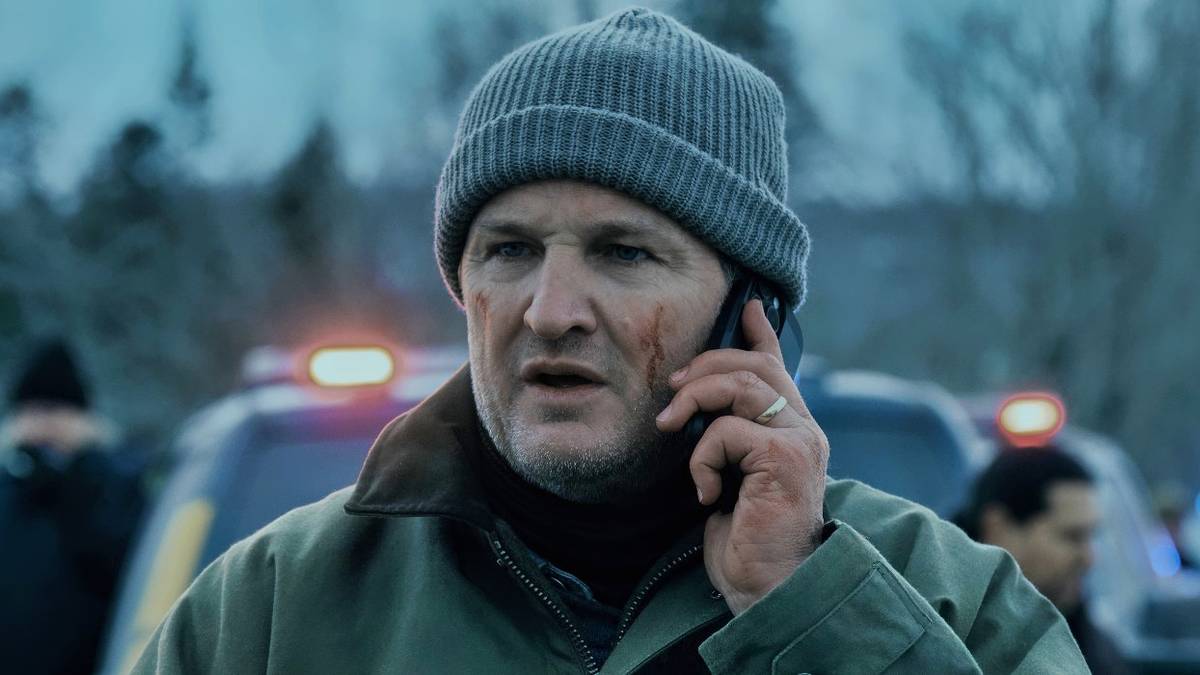Richard Linklater Unearths 65-Year-Old Film's Revolutionary Secrets

Richard Linklater's latest film, 'Nouvelle Vague', offers a unique "meta" cinematic experience, meticulously recreating the scrappy production of Jean-Luc Godard's groundbreaking 1959 feature debut, 'Breathless' (À Bout de Souffle). Collider's Perri Nemiroff, Jason Gorber, and others delved into the making of this film, which Linklater describes as a "tour de force of nostalgic whimsy" and a "cinephile dream" that was over a decade in the making.
Linklater's vision for 'Nouvelle Vague' began 13 years ago, driven by his belief that every filmmaker should, at some point, make a film about the process of filmmaking, not from their own experiences, but by delving into cinematic history. He aimed to capture the vibrant film culture of 1959 Paris, a time when young artists, dissatisfied with the status quo, challenged conventional narratives. Producer Michèle Halberstadt, who knew Godard personally, emphasized the film's goal to reveal the "man behind the icon" – an insecure, arrogant, clever, and shy young critic, desperate to make his first film, rather than the brand name he later became.
The casting process for 'Nouvelle Vague' was meticulous. Zoey Deutch, cast as Jean Seberg, was an easy choice, having been told by Linklater 10 years prior that she would play the role. However, other roles, like Raoul Coutard (the cameraman) and the makeup artist, required extensive searching. First-time leads Guillaume Marbeck, who portrays Godard, and Aubry Dullin, playing Jean-Paul Belmondo, brought fresh perspectives. Marbeck, who had explored various film jobs before acting, found acting to be the most vulnerable yet fulfilling. Dullin, inspired by Jim Carrey's performance in 'The Truman Show', sought to evoke strong emotions in his audience. Both praised Linklater's relaxed and collaborative directorial style, contrasting it with a perceived "dictator" image of American directors. Rehearsals focused on portraying the characters as young filmmakers, not yet icons, fostering an environment where the cast felt empowered to contribute.
Recreating 1959 Paris and the raw filmmaking style of the era was a central challenge. Linklater aimed to shoot using techniques available then, avoiding modern camera movements like cranes or elaborate dollies to maintain an authentic 'nouvelle vague' feel. Paradoxically, achieving this meant relying heavily on modern capabilities. Unlike Godard's student-film-like production, Linklater's team had art, sound, and visual effects departments. Benjamin Blatière's visual effects team was instrumental, recreating cobblestone streets where asphalt now lay, removing modern street poles, and making countless other invisible adjustments to transport the audience to a bygone era. The production even managed to acquire the actual Éclair Caméflex camera used to shoot 'Breathless', adding another layer of authenticity.
'Nouvelle Vague' also explores the revolutionary spirit of cinema. Linklater views 'Breathless' as sitting at the midpoint of cinema history, an eternally capable art form that reinvents itself. He likens the French New Wave filmmakers to the "punk rock" of cinema, challenging the establishment. This perpetual revolution, he notes, continues in world cinema and independent filmmaking, aided by technology that makes film production more accessible, even if getting films seen remains a challenge.
The production was filled with special moments for the cast and crew. Linklater recalls a scene set in a cinema, where extras were cast to resemble legendary French New Wave figures like Agnès Varda and Jacques Demy. The atmosphere was so palpable that it felt like a "séance," conjuring the spirits of these departed icons. Guillaume Marbeck found immense joy in stepping into the meticulously rebuilt, tiny room where Belmondo and Seberg filmed iconic scenes, a space that had been destroyed in reality. Aubry Dullin relished filming Belmondo's death scene on the actual historic streets. Michèle Halberstadt and Linklater shared a memorable anecdote about Zoey Deutch visiting Jean Seberg's grave while dressed as Seberg, where the pouring rain miraculously stopped and the sun emerged as she approached. This film, a testament to collaborative spirit and historical recreation, aims to remind audiences of cinema's enduring power and its revolutionary past.
You may also like...
AFCON 2025 Fan Frenzy! CAF Rolls Out Free E-Visas & Digital IDs for Morocco Spectacle

CAF and the AFCON Morocco 2025 Local Organising Committee have unveiled a free electronic visa program for international...
Super Eagles Face Fiery Congo Showdown! Experts Weigh In on Mega Clash
)
The Super Eagles of Nigeria are set for a crucial World Cup playoff final against DR Congo in Rabat, with a spot in the ...
Unveiling 'In Your Dreams': Stars & Director Dive Deep Into Marriage Woes and Childhood Inspirations!

Netflix's animated feature, “In Your Dreams,” follows two siblings on a magical quest through a dream world to find the ...
Box Office Blockbuster: 'Now You See Me 3' Charms Audiences, While 'The Running Man' Delivers a Record Stephen King Debut!

The latest box office weekend saw "Now You See Me: Now You Don't" take the top spot, earning between $21-$24 million in ...
KISS Pays Emotional Candlelit Tribute to Ace Frehley During 'Unmasked' Cruise

Legendary rock band KISS paid an emotional tribute to their late founding guitarist, Ace Frehley, during their 'KISS Kru...
Alt-Country Icon Todd Snider Passes Away at 59

Todd Snider, the beloved American roots singer-songwriter, has died at 59 after complications from pneumonia, following ...
Edgar Wright's Grueling Journey to Resurrect 'The Running Man'

Edgar Wright takes on his most ambitious project yet with 'The Running Man,' a faithful adaptation of Stephen King's nov...
Richard Linklater Unearths 65-Year-Old Film's Revolutionary Secrets

Richard Linklater's 'Nouvelle Vague' meticulously recreates the groundbreaking production of Jean-Luc Godard's 'Breathle...




